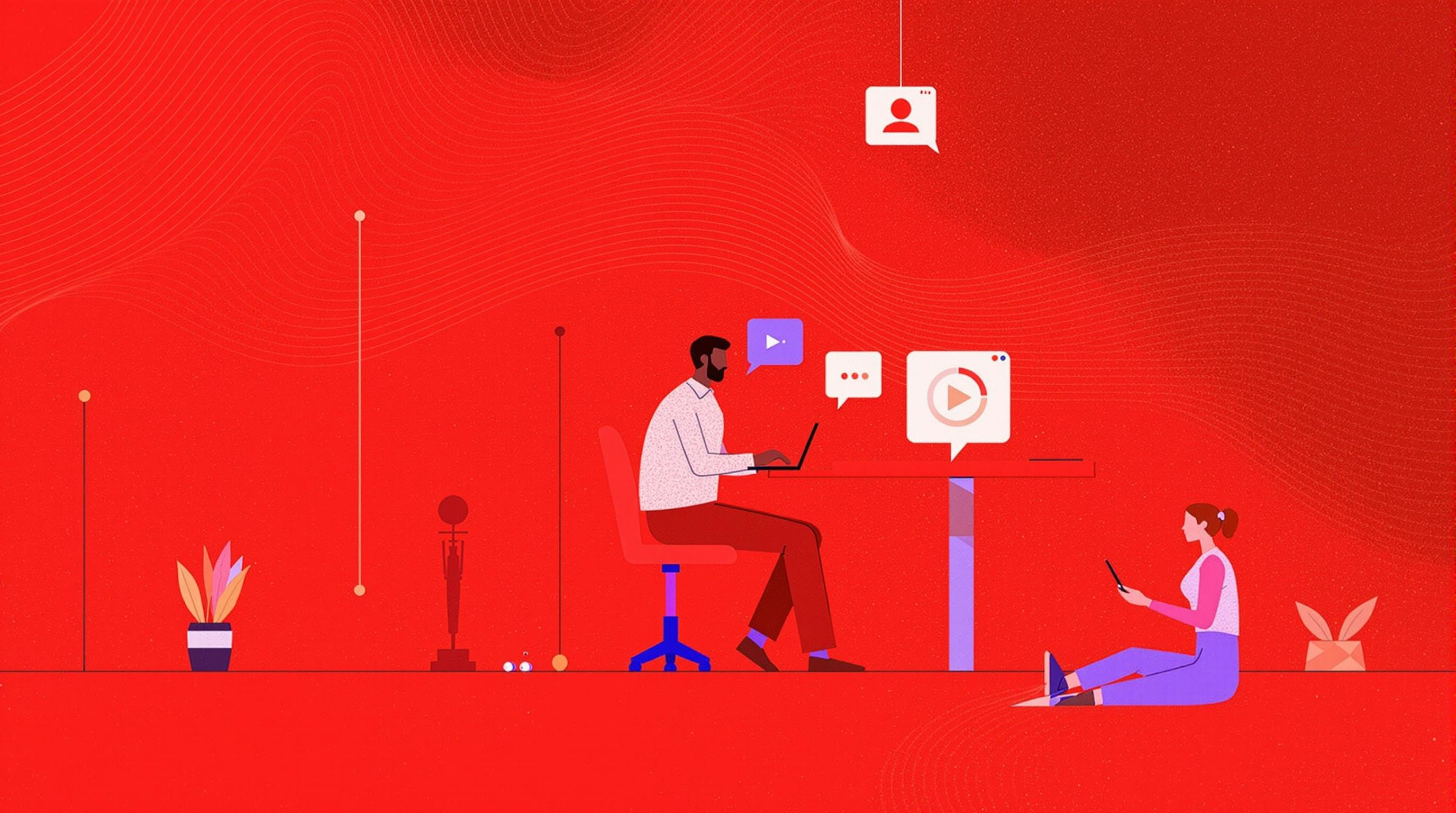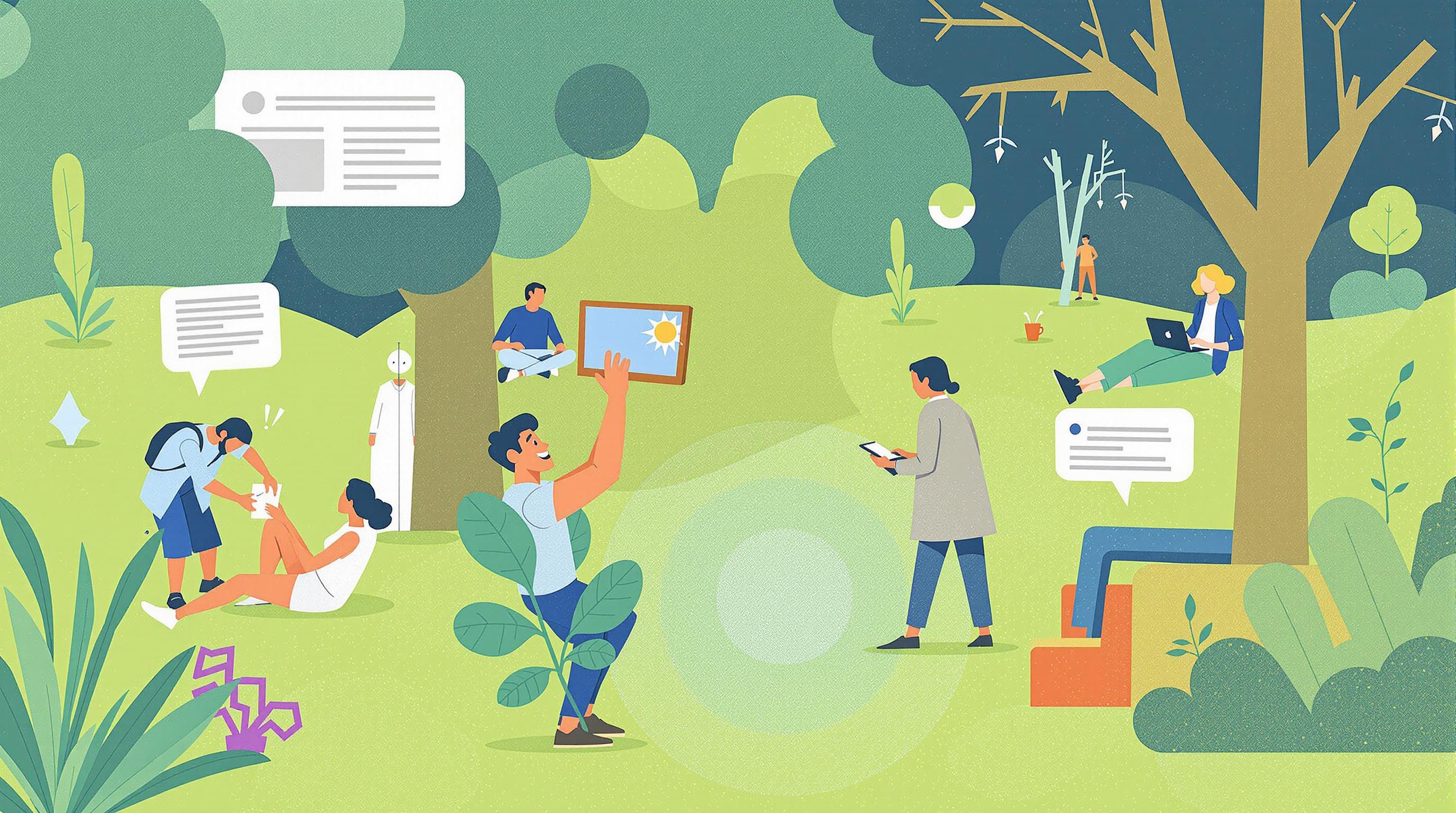Related Articles
- Navigating the Talent Labyrinth: How Emotional Intelligence Is Shaping New Hiring Practices in Unseen Markets
- Behind the Scenes: How Automating HR Processes Is Redefining the Future of Recruitment and Job-Seeking Strategies
- Beneath the Surface: Unveiling the Surprising Role of Environmental Sustainability in Shaping Future Careers
- Exploring the Quirky Side of Remote Work: How Hobbies Are Fueling Professional Success in Unexpected Ways
- How the Remote Revolution is Inspiring Unlikely Friendships Across Continents: A Study of Global Connectedness
- The Unforeseen Bond: How Virtual Coworking Spaces Foster Unexpected Connections Amidst Remote Work
Navigating the Remote Work Paradox: Mental Health Gains vs. Social Isolation Dilemmas
Navigating the Remote Work Paradox: Mental Health Gains vs. Social Isolation Dilemmas
Remote work offers a unique blend of flexibility and freedom, potentially boosting mental well-being. However, this newfound liberty also brings challenges like social isolation, creating a complex paradox that needs navigation.
Understanding the Shift to Remote Work
The pandemic fast-tracked the remote work trend, with about 42% of the U.S. labor force working from home full-time by mid-2020 (Pew Research Center). While many embraced this shift, it also exposed various concerns related to mental health and social well-being.
The Pros: Mental Health Gains
Many remote workers experience significant improvements in mental health due to several factors. Firstly, the elimination of commuting time (often cited as a primary stressor) allows employees to reclaim several hours of their day. According to a study conducted by the University of Reading, individuals saved “roughly 10 hours per week” by working from home, which could instead be redirected toward family, hobbies, or self-care.
Flexible Scheduling: The Game Changer
Another boon is flexibility in scheduling. Workers have more control over their time, enabling them to create a work-life balance that is conducive to mental wellness. Thus, younger individuals, such as recent college graduates, enjoy this flexibility greatly; they can explore career options more freely without the constraints of a traditional office setup.
The Cons: Social Isolation Dilemmas
While the advantages are considerable, the risks of social isolation are equally pressing. Approximately 61% of remote workers reported feelings of loneliness (Virtira Consulting). In a world that's interconnected through technology, the irony is stark; we're more connected online but often feel more isolated offline.
Case Study: Sarah’s Remote Work Journey
Let’s look at Sarah, a 29-year-old digital marketing specialist who transitioned to remote work during the pandemic. Initially, she enjoyed the newfound freedom and flexibility, but over time, Sarah noticed a profound shift in her social interactions. Her workdays quickly turned from lively brainstorming sessions with colleagues to solitary hours spent in front of a computer screen. Within months, Sarah felt increasingly lonely and disconnected, even as she continued to deliver impressive results at work.
Identifying Warning Signs
It’s crucial to recognize symptoms of isolation before they spiral into more serious mental health issues. Signs can include a decline in mood, reduced social interactions, or changes in sleep patterns. This resonates with other studies indicating that remote workers are more prone to anxiety and depression, as their work environments often lack the human interactions that foster camaraderie and support (Mental Health America).
Striking a Balance: Practical Solutions
So, how do we navigate this tangled web of benefits and drawbacks? The key lies in balance. Employers can offer flexibility while also encouraging employee interaction through virtual team-building exercises, regular check-ins, and social events. In a survey by Buffer, 20% of respondents noted that a lack of social interaction was their biggest struggle with remote work, highlighting the necessity for purposeful engagement.
Furthermore, companies can create “remote work policies” that incorporate scheduled social breaks—like virtual coffee hours—allowing colleagues to connect on a personal level. These small initiatives can bridge the gap effectively and cultivate a sense of community among team members.
Embracing Technology, Mindfully
For individuals facing isolation, technology can be a double-edged sword. While tools like Zoom and Slack facilitate communication, they can also contribute to screen fatigue and exacerbate feelings of isolation if not used wisely. Taking deliberate breaks and incorporating offline activities into daily routines are essential for maintaining mental health.
The Power of Routine
Establishing a daily routine that includes scheduled breaks for physical activity, meditation, or simply going for a walk outdoors can significantly improve mental well-being. Research shows that a connection with nature significantly boosts mood and reduces stress (American Psychological Association). So hey, when life gives you lemons… go outside and enjoy some fresh air! 🍋
Real Stories, Real Solutions
On the flip side, let’s talk about Carl, a 48-year-old software engineer working from home since early 2020. Unlike Sarah, Carl thrived on the solitude. “I’ve always been an introvert, and working from home has allowed me to really dive deep into my projects without distractions," he says with a chuckle. Interestingly, his experience highlights how individual preferences shape perceptions of remote work. But even Carl realized the danger of complete isolation, incorporating weekly virtual game nights with friends as a way to stay engaged.
Find Your Balance
The stories of Sarah and Carl illuminate the overarching theme: Remote work isn’t a one-size-fits-all solution. Just as Sarah found herself languishing in loneliness, Carl discovered joy in solitude—two sides of the same coin. Understanding our individual needs and finding a balance between work, social interaction, and personal time is crucial for mental health.
Creating a Supportive Workplace Culture
Organizations need to prioritize mental health by creating a supportive culture. Training managers to recognize signs of isolation and offering resources like mental health days or counseling can create a thriving environment. Simple changes like check-ins and open channels for feedback can go a long way in promoting overall wellbeing in a remote setting.
The Final Word
Remote work is here to stay, but navigating its complexities is a shared responsibility. By recognizing both the benefits and challenges of this new normal, we can create more flexible, supportive, and health-conscious workplaces. Whether we lean towards the joys of solitude or the necessity of social interaction, understanding these facets of our work lives can help us all live and work better.
In the end, the remote work paradox—mental health gains versus social isolation dilemmas—invites us to be proactive. By incorporating mindfulness, embracing technology wisely, and fostering community connections, we can transform our work experiences into something truly rewarding, no matter our personal preferences or work roles.





